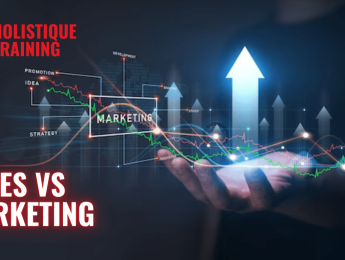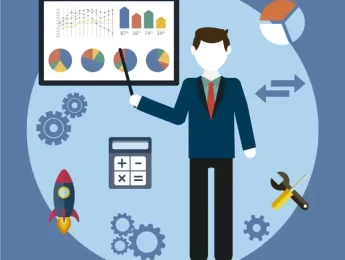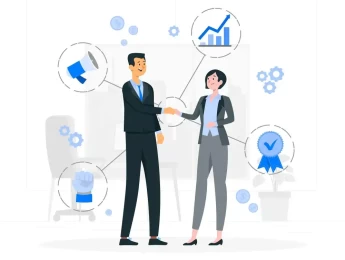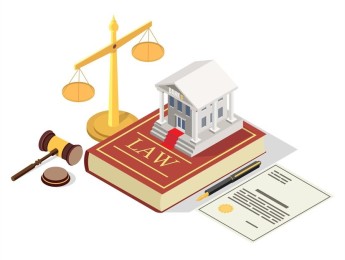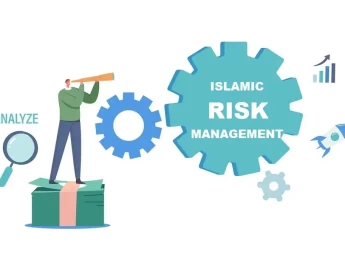For any organisation that provides a product or service, it is extremely apparent that the product/service rarely ‘just speaks for itself’. Customers may show some in them, but without a subtle or not-so-subtle, push from a salesperson, they may end up disregarding the product altogether. Money is incredibly valuable, and customers won’t be willing to spend it on anything they show a little bit of interest in; they will need motivation.
The key to making sales is knowing how to sell the product truly. A salesperson needs to be extremely engaging and highly competent in different communication methods to effectively promote the product to the customer. Not only do they need to communicate themselves, but they also need to be able to read the customer’s body language to understand how they are feeling and to see whether they need to adjust their sales approach.
Alongside physical communication, an organisation needs to know how to generate value for a particular product through the sale. Many factors can influence product value, such as the price, ease of use, and its uses in comparison to other similar products. A professional salesperson must be effective at explaining these benefits and persuading the customer this is the exact product they need.
Upon completion of this course, participants will be able to:
- Understand the importance of effectively selling a product or service.
- Review the entire sales process and various techniques to encourage a sale.
- Identify the different types of customers and decide on an ideal approach for each individual.
- Develop strong communication skills for questioning and listening.
- Assess market trends to understand customer needs and demands and to potentially predict future market developments.
- Analyse how to influence a sale with unsatisfied or resistant customers.
- Comprehend the necessary skills to negotiate and close a deal while overcoming typical customer objections.
This course is designed for anyone within an organisation with a customer-facing role who must encourage sales. It would be most beneficial for:
- Sales/Marketing Managers
- Operations Managers
- Regional Managers
- Development Supervisors
- Client Relationship Directors
- Business Owners
- Sales and Operation Planning Personnel
- Head of Sales
This course uses a variety of adult learning styles to aid full understanding and comprehension. Participants will review case studies of established organisations to highlight specific communication skills and techniques that have led them to success.
To truly gain a full and comprehensive understanding of the taught content, participants will participate in a variety of learning exercises. These include a combination of presentations, group discussions, video materials, and role-playing activities. These will ensure they can demonstrate their new skills and offer and receive feedback from one another.
Day 5 of each course is reserved for a Q&A session, which may occur off-site. For 10-day courses, this also applies to day 10
Section 1: Introduction to Selling
- Examining the sales process and the sales pipeline.
- Carefully appraising products or services to set them at a reasonable price.
- The vitality of building positive rapport with customers.
- Understanding the consequences of poor communication and poor rapport.
- Recognising the key drivers influencing a customer to engage with a service or purchase a product.
Section 2: Communication
- Explaining the benefits of effective communication skills.
- The different methods of communication – written, verbal and body language.
- Successfully use persuasion to persuade and encourage sales.
- Analysing the types of customers and their typical attitudes to understand better the ideal way to approach them.
- Developing various communication skills to increase personal influence and capabilities – questioning, listening, responding, and challenging.
Section 3: ‘Pushing’ and ‘Pulling’
- Understanding key terms and concepts relating to selling – margin, markup, gross profit, and profit.
- Evaluating the ideal scenarios to provide refunds, discounts and returns.
- Coping with customer objections and discovering an ideal way to keep tension low and meet their needs.
- The process of ending a sale.
- Utilising various techniques to respond to customer inquiries or issues on the phone effectively.
Section 4: Calculating Product Value
- Structuring the sale and making the necessary adjustments depending on the specific product.
- Presenting the product to the value and enthusiastically explaining its benefits.
- Methods of measuring performance throughout and ensuring the interaction remains appropriate and positive.
- Identifying when it’s suitable to provide a discount or sale on the range of products.
Section 5: Performance and Appraisal
- Reviewing the current employee performance and appraisal documents.
- Prepare the following performance appraisal meetings.
- Methods of measuring performance – Self-evaluation, graphic rating scales, KPIs and
- Providing rewards and incentives to encourage staff to improve performance.
- Offering 1-1 evaluations or training aids in skill development.
Upon successful completion of this training course, delegates will be awarded a Holistique Training Certificate of Completion. For those who attend and complete the online training course, a Holistique Training e-Certificate will be provided.
Holistique Training Certificates are accredited by the British Assessment Council (BAC) and The CPD Certification Service (CPD), and are certified under ISO 9001, ISO 21001, and ISO 29993 standards.
CPD credits for this course are granted by our Certificates and will be reflected on the Holistique Training Certificate of Completion. In accordance with the standards of The CPD Certification Service, one CPD credit is awarded per hour of course attendance. A maximum of 50 CPD credits can be claimed for any single course we currently offer.
- Course Code PM1-109
- Course Format Classroom, Online,
- Duration 5 days





